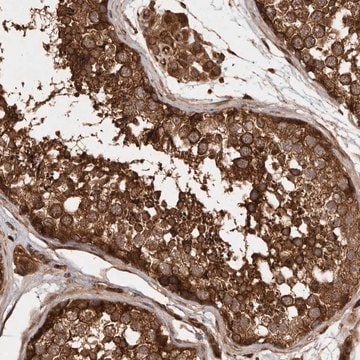T59803
Triethylene glycol dimethyl ether
ReagentPlus®, 99%
Synonym(s):
1,2-Bis(2-methoxyethoxy)ethane, Dimethyltriglycol, NSC 66400, Triglyme
About This Item
Recommended Products
vapor density
>4.7 (vs air)
Quality Level
product line
ReagentPlus®
Assay
99%
form
liquid
autoignition temp.
375 °F
expl. lim.
8 %
refractive index
n20/D 1.423 (lit.)
bp
216 °C (lit.)
mp
−45 °C (lit.)
density
0.986 g/mL at 25 °C (lit.)
SMILES string
COCCOCCOCCOC
InChI
1S/C8H18O4/c1-9-3-5-11-7-8-12-6-4-10-2/h3-8H2,1-2H3
InChI key
YFNKIDBQEZZDLK-UHFFFAOYSA-N
Looking for similar products? Visit Product Comparison Guide
Related Categories
General description
Application
- Extracting solvent in a modified SA-HPSW (Supercritical Anti-Solvent with High-Pressure Solvent Wash) system.
- Solvent in the synthesis of passivated iron nanoparticles.
Legal Information
Signal Word
Danger
Hazard Statements
Precautionary Statements
Hazard Classifications
Eye Irrit. 2 - Repr. 1B
Supplementary Hazards
Storage Class Code
6.1C - Combustible acute toxic Cat.3 / toxic compounds or compounds which causing chronic effects
WGK
WGK 1
Flash Point(F)
235.4 °F - closed cup
Flash Point(C)
113 °C - closed cup
Certificates of Analysis (COA)
Search for Certificates of Analysis (COA) by entering the products Lot/Batch Number. Lot and Batch Numbers can be found on a product’s label following the words ‘Lot’ or ‘Batch’.
Already Own This Product?
Find documentation for the products that you have recently purchased in the Document Library.
Customers Also Viewed
Our team of scientists has experience in all areas of research including Life Science, Material Science, Chemical Synthesis, Chromatography, Analytical and many others.
Contact Technical Service












